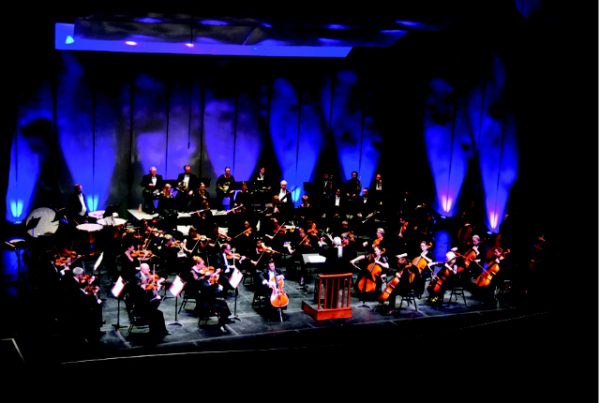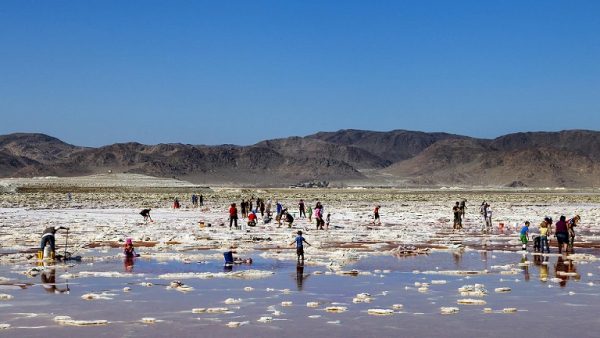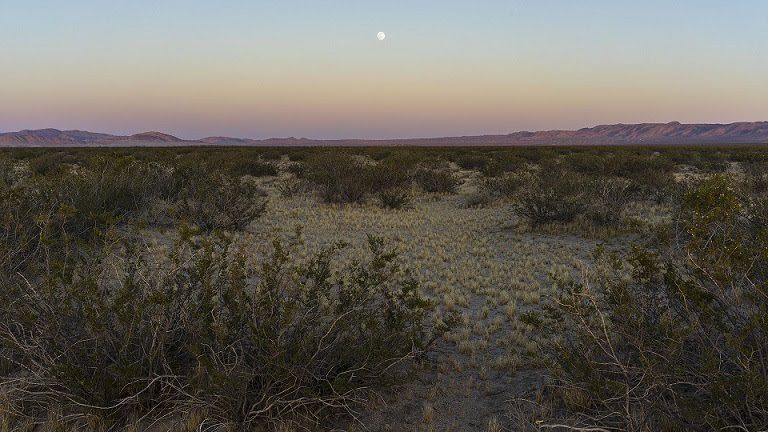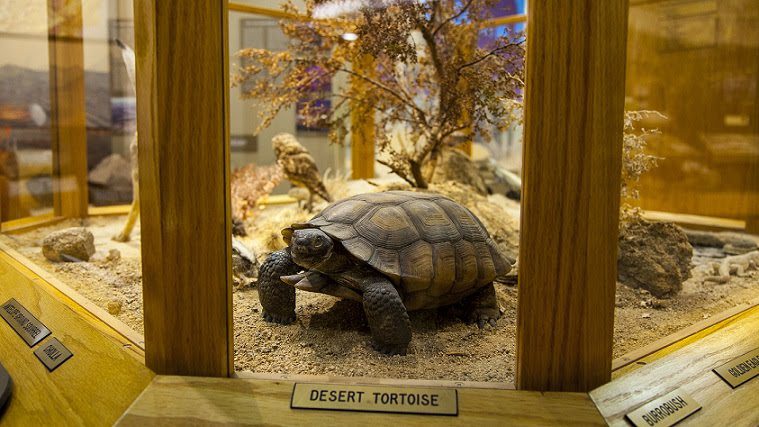The San Bernardino Symphony, a vital and integral part of San Bernardino’s art community and culture, is looking forward to an exciting new season.
The mission of the Symphony as one of California’s leading cultural institutions is to “thrill and delight with the best in symphonic music.” Its 86th season of concerts and events has been designed through a collaborative effort with city leaders and response from audiences and community.
The season lineup begins with Virtuosity on October 4, 2014, Home for the Holidays on December 20, 2014, Musical Genius in America on February 7, 2015, Beethoven, Brahms & Bartholdy on April 11,2015, and will end with Triumphant Season Finale, on May 23, 2015.
“The Symphony is a point of Light,” said Dr. Anne Viricel, the Executive Director of the San Bernardino Symphony. Having strong relationships in the county for over 86 seasons enables them to be a leader in an on-going arts renaissance. “That’s the goal,” says Viricel, “to revitalize the city through non-profits and through the arts.”
The first concert, Virtuosity, features Tchaikovsky’s Violin Concerto with guest violinist Roberto Cani, and Dvorak’s Symphony No. 9, From The New World. As will all their regular season concerts, it will be performed at the historic California Theatre, a 1,718 seat auditorium built in 1928 as a vaudeville movie palace.
“This is the ultimate season opener that we believe will inspire both our beloved returning audiences and new attendees to come and be amazed at the quality of symphonic music available right here in the Inland Empire,” said Maestro Frank Fetta, the orchestra’s music director and conductor.
For this performance, the Symphony joined forces with a local restaurant, The Mexico, to honor members of the San Bernardino Police Officers Association.
“Essentially, we wanted to also recognize the ‘virtuosic’ efforts of local public safety officers,” said Judith Valles, Symphony board president.
A major focus for Fetta and the Symphony Guild is music education, which in this organization’s case, takes a number of positive forms. To date, the program has introduced orchestral instruments to more than 90,000 third-grade students. Trios of musicians have held workshops for fourth and fifth grade classes engaging students in collaborative teamwork, focusing on symphonic music, use of instruments, and music related careers.
Mastro Frank Fetta also meets with orchestra classes in multiple middle and high schools each year to assign a piece of music for the students to learn alongside their teacher. Several weeks later, he returns to work with the class in making the rendition performance ready. The students and their families are provided with tickets for the next Symphony performance and are invited to the post-concert reception to spend more time with the Maestro and other musicians bringing the experience full-circle.
Each year, the Symphony also provides a free student concert. In response to the educational community’s request for a concert relevant to K-12 studies, this year, the Symphony will perform what is proving to be a very popular concert: in honor of Black History Month. Musical Genius in America celebrates the music of William Grant Still, Scott Joplin, Duke Ellington and George Gershwin.
Along with the season schedule is a lineup of musical concerts and events held in various venues around the county including Mosaico, a collection of popular favorites and regional songs from different parts of Mexico. Mosaico has already been performed at Cal State San Bernardino and at the City of Fontana’s Summer Music Festival. An upcoming Mosaico concert is planned for the Roosevelt Bowl at Perris Hill Park on May 3rd. Perris Hill Park is a historic 1,800-seat outdoor amphitheater in a natural setting built and dedicated in 1934 as part of the Federal Work Progress Administration. This is a memorable venue for the last of the Mosaico concerts.
Funding for the Symphony is garnered through sponsors, subscriptions, events, grants, and programs like “Adopt-A-Musician.” This unique program allows members of the audience a direct interface with Symphony performers. Donors, called Adopters, receive information about their musician Adoptee, a commemorative musician card on a lanyard to wear at concerts, and invitations to exclusive “Adopt-A-Musician” events and after-concert parties. They also receive bi-monthly updates on other performances by Symphony musicians.
Season and individual tickets for the San Bernardino Symphony may be purchased by calling 909-381-5388, on line at www.sanbernardinosymphony.org, or by visiting the symphony box office at 198 N. Arrowhead Ave., San Bernardino. Tickets are also available with limited availability at the theater box office the evening of each event.





